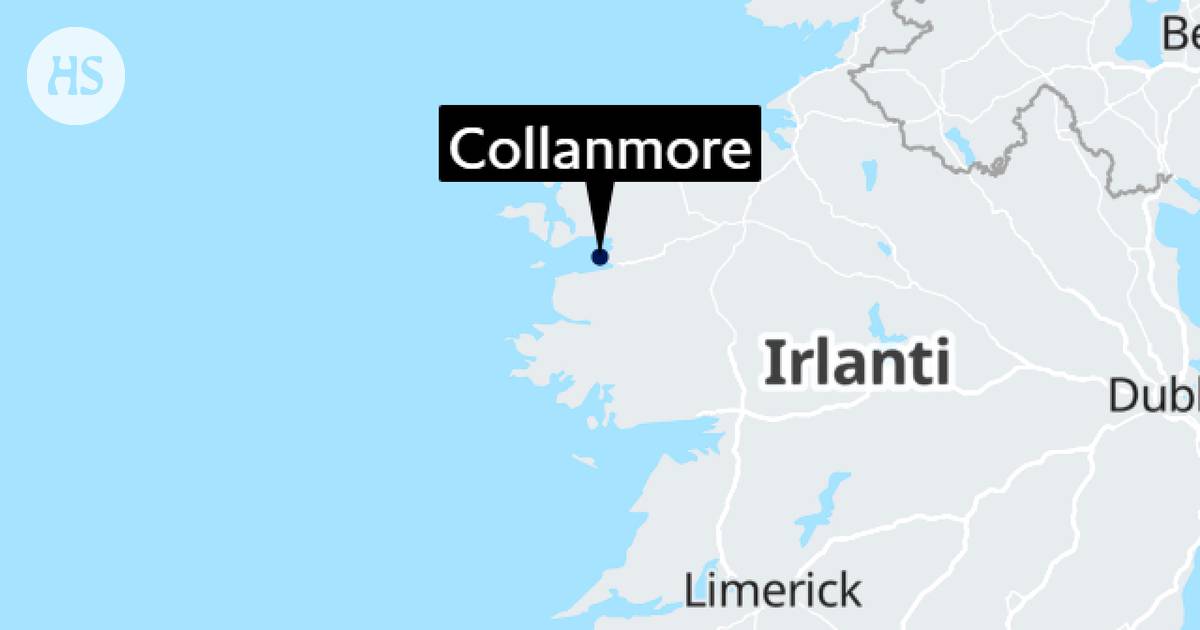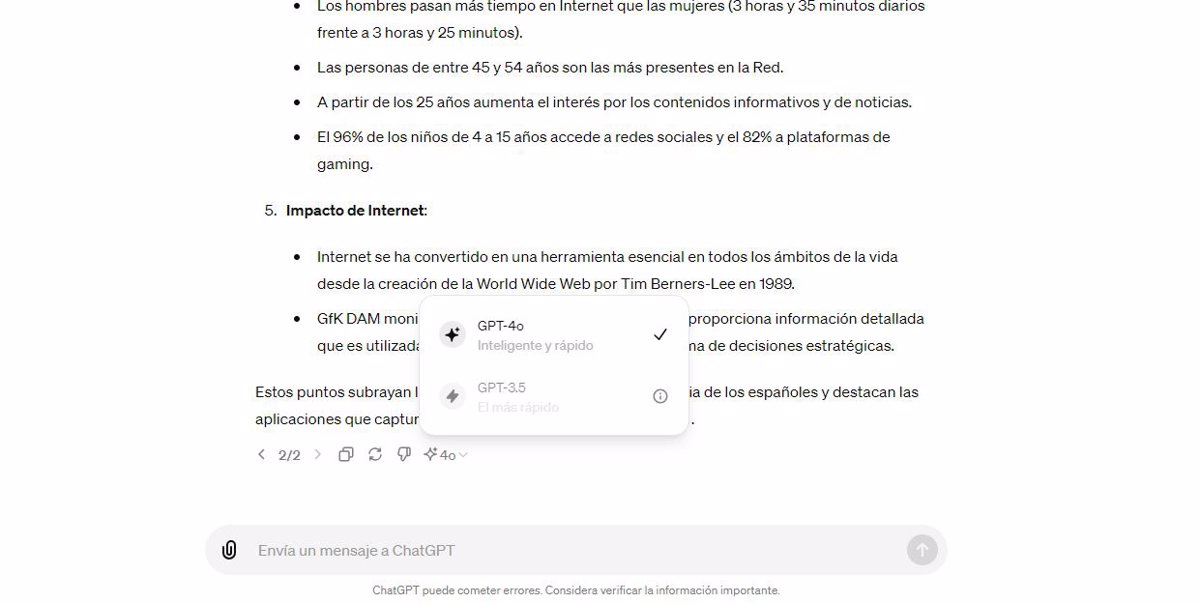Discovered on Collanmore Island off the west coast of Ireland is a prehistoric fortress dating back to between 1100 and 900 BCE. The fortress, situated on the small island, was built during the Bronze Age and is believed to have played a significant role in the era. Archaeologist Michael Gibbons made the discovery, revealing that two large walls were constructed across an isthmus connecting the island to the mainland, effectively transforming it into a fortress.
The walls, made of large limestone blocks, span 200-300 meters in length and are mostly submerged by the sea. Gibbons mentioned that the vast structure had gone unnoticed previously due to its location under seaweed. However, during a recent seaweed clearing effort, men noticed something unusual and dug through it to reveal more of the stone walls than usual.
Gibbons estimates that the fortress was likely built between 1100 and 900 BCE, making Collanmore Island an important center during the Bronze Age. Other Bronze Age fortifications and defensive walls have been found in Western Ireland as well, including Dún Aonghasa on Inis Mór island, which has become a popular tourist site. Gibbons compared the significance of Collanmore fortress with Dún Aonghasa’s importance in history.
News of this discovery has sparked interest among historians and tourists alike who want to explore this hidden gem off Ireland’s west coast.



